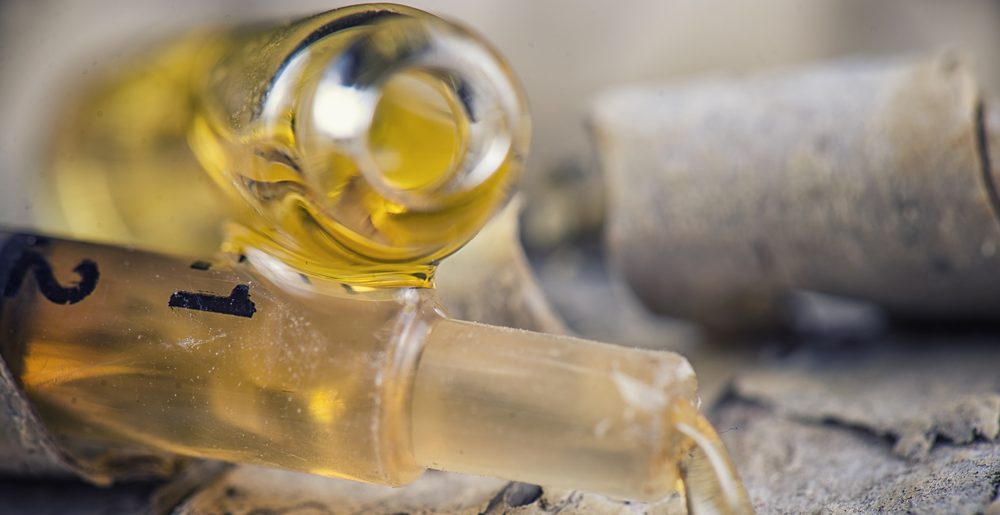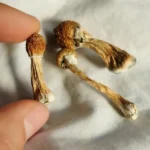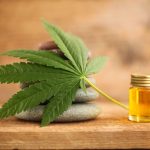May, 2022
now browsing by month
Who Made Ordering Weed In Canada Possible?

Although weed was initially not applicable in Canada in 1923, the impossible happened. In 2015, Justin Trudeau, the then prime minister, proposed the creation of a federal-provincial-territorial task force with the mandate to find a suitable process for cannabis possession legalization for casual use. It was until 17th October 2018 that the recommendations passed formally legalizing the cultivation, possession, consumption, and acquisition of the weed. Again by the following year, the market was open for business making ordering weed in Canada a reality. In this article, we expound further on the contents of cannabis acts that ignited the trade for marijuana.
The legalities guidelines
The regulatory body posed provincial and territorial restrictions to control the uptake of the substance based on individual levels. For instance, every individual should possess weed capacity not exceeding 30gms or share an equivalent with other adults. Additionally, those ordering weed in Canada must source the substance from a provincially licensed retailer. The farmers must access certified seeds, and the licensing body is primarily the government.
Possessions limits applicable
According to the cannabis acts, the products acquired should measure a specific acceptable amount. The criteria used implies that 1gm of dried cannabis equates to
- 70gms of liquid product
- One cannabis plant seed
- 0.25gm of concentrates
- 5gms of the fresh cannabis
- 15gms of edible product
Those ordering weed in Canada should observe this and meet the legal requirements.
Protecting the youth
The cannabis Act contains a segment that specifically addresses the safety of youths from the use of weed. The policy reached completion by limiting the age factor for users up to 18 years and above where it’s an offense to sell or give to an underage or to involve them to commit other related crimes. The law guides those ordering weed in Canada on the target market and, in particular, the age group. To prevent young people from associating with the activity of abusing the substance, promotions, and enticement for weed are highly restricted.
Strict regulations
The cannabis statute calls for collective responsibility of the federal, provincial and territorial government organs for oversight. Under the mentioned agencies, industry-wide rules and standards are highlighted, including the packaging and labeling needs of products alongside the prohibition of specified ingredients. The firms ordering marijuana in Canada for local processing and packaging ought to meditate through the laws for smooth operations.
Criminal penalties
The cannabis Act outlines the penalties incurred in proportion to the offense. However, the strategy targets those who violate the laws or seek illegal means to acquire the substance. The criminal penalties are crucial for the individuals earning marijuana in Canada unlawfully, or their operations are not health-wise.
Conclusion
The cannabis Act is an inclusive set of laws and guidelines governing the weed sector for the producer, the consumer, and the investors. The ultimate objective of the cannabis Act was to enable the government to control the field for the welfare of every stakeholder.
buy my weed online :
What are the Satisfying facts about Sativa and Indica strains differences and What are their uses?

Cannabis famously known as marijuana is an active drug found in cannabis plant. It exists in many varieties but the two major sub-species are Sativa and Indica. Although the two strains are regarded as almost similar, they actually vary in terms of cannabinoid content and for this reason, Sativa and Indica strains differences and uses remains the major issues of concern.
Variation in terms of physical appearance
Sativa and Indica differences and uses arise from botanists’ classification of cannabis strains based on both physical and chemical features and the conclusion that the two plants are different. Sativa plant is tall and slim with light green leaves while Indica is short and bushy with dark green leaves.
Major constituents and their functions
Sativa and Indica strains differences and uses are seen in that Sativa is high in THC. THC is the chemical that produces the state of mind known as high as people refer to it. Strains with high content of THC are of great help in reducing pain, depression and creating ease in sleeping. Sativa is therefore known to provide energy and create a high state of mind. It is also helpful to people with depression, headaches, nausea and poor appetite.
Indica is high in CBD content. Sativa and Indica strains differences and uses are evident as the CBD in Indica is helpful in managing mood and reducing anxiety. It is best known for calming the mind but can also act as a stimulant if administered to patients in regulated doses. Indica is therefore a pain reliever and brings about relaxation. It is contained in many medical drugs manufactured using marijuana.
Short-term effects
A person who has taken Sativa experiences different effects compared to one who has taken Indica. Sativa and Indica strains differences and uses are evident as the person who has taken Sativa is always happy, social and has a lot of energy while the one who has taken Indica is always relaxed, calm and free from pain.
Summary
Sativa and Indica have different physical and chemical composition and for this reason have different uses. Sativa is considered energizing while Indica relaxing (according to Anecdotal evidence). However, scientific evidence is still pending as THC and CBD are not the only constituents of cannabis. The fact however, remains that the two strains have different physical appearances and composition and so cannot serve the same purpose as it is evident in their short term effects. Sativa and Indica strains differences and uses should therefore be considered among the major scientific research areas to attain certainty.
Get online information :







 D5 Creation
D5 Creation